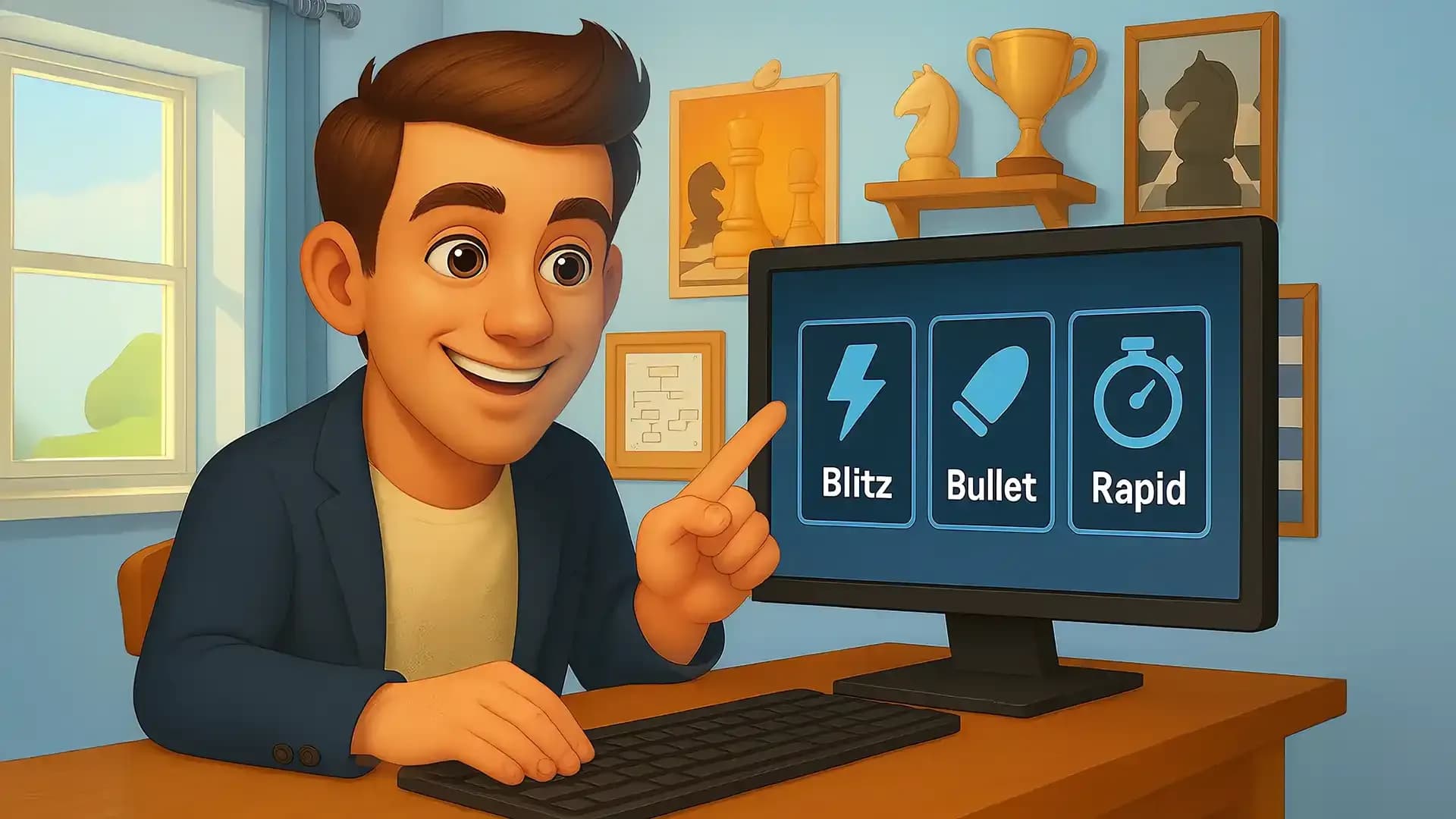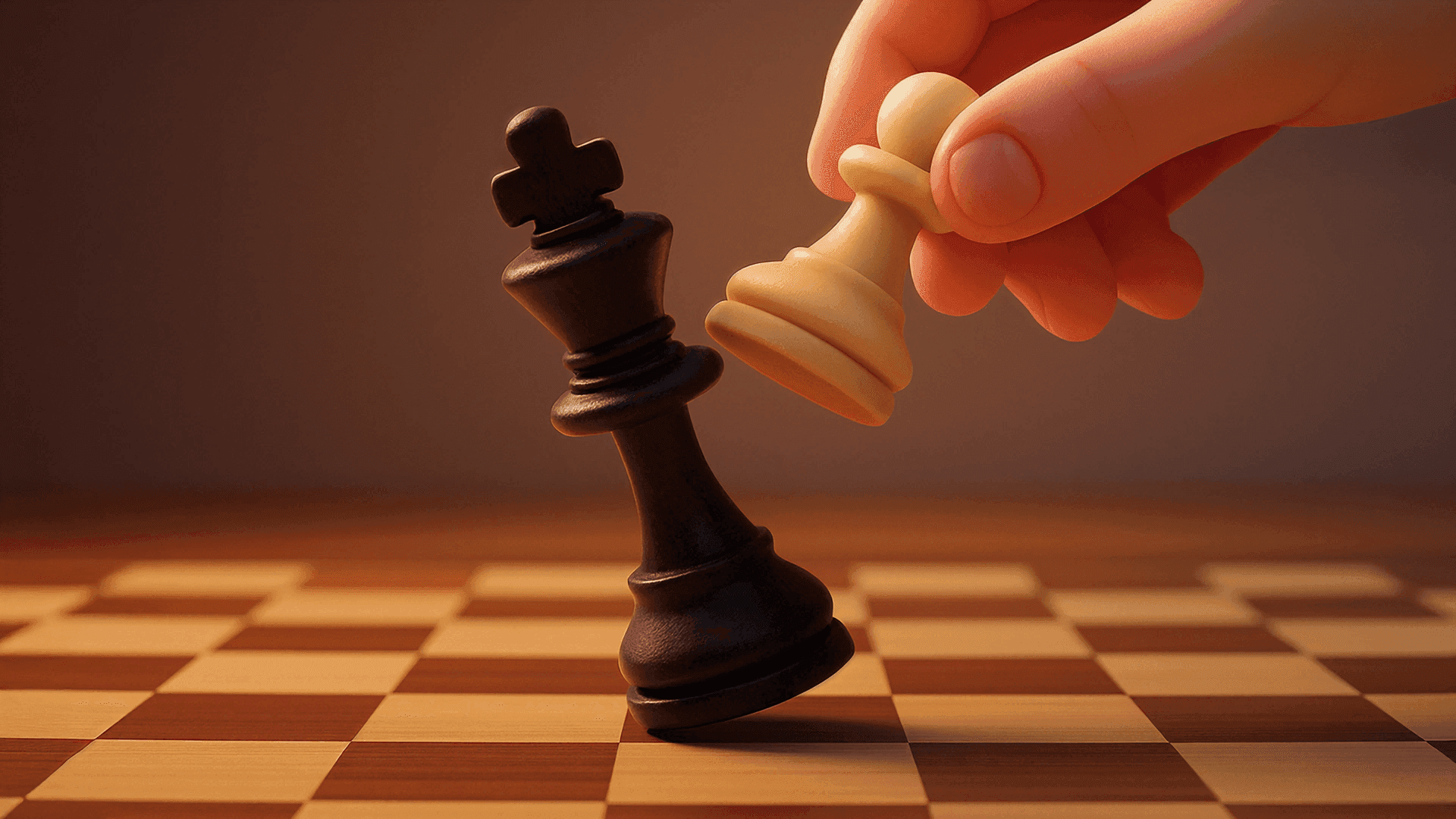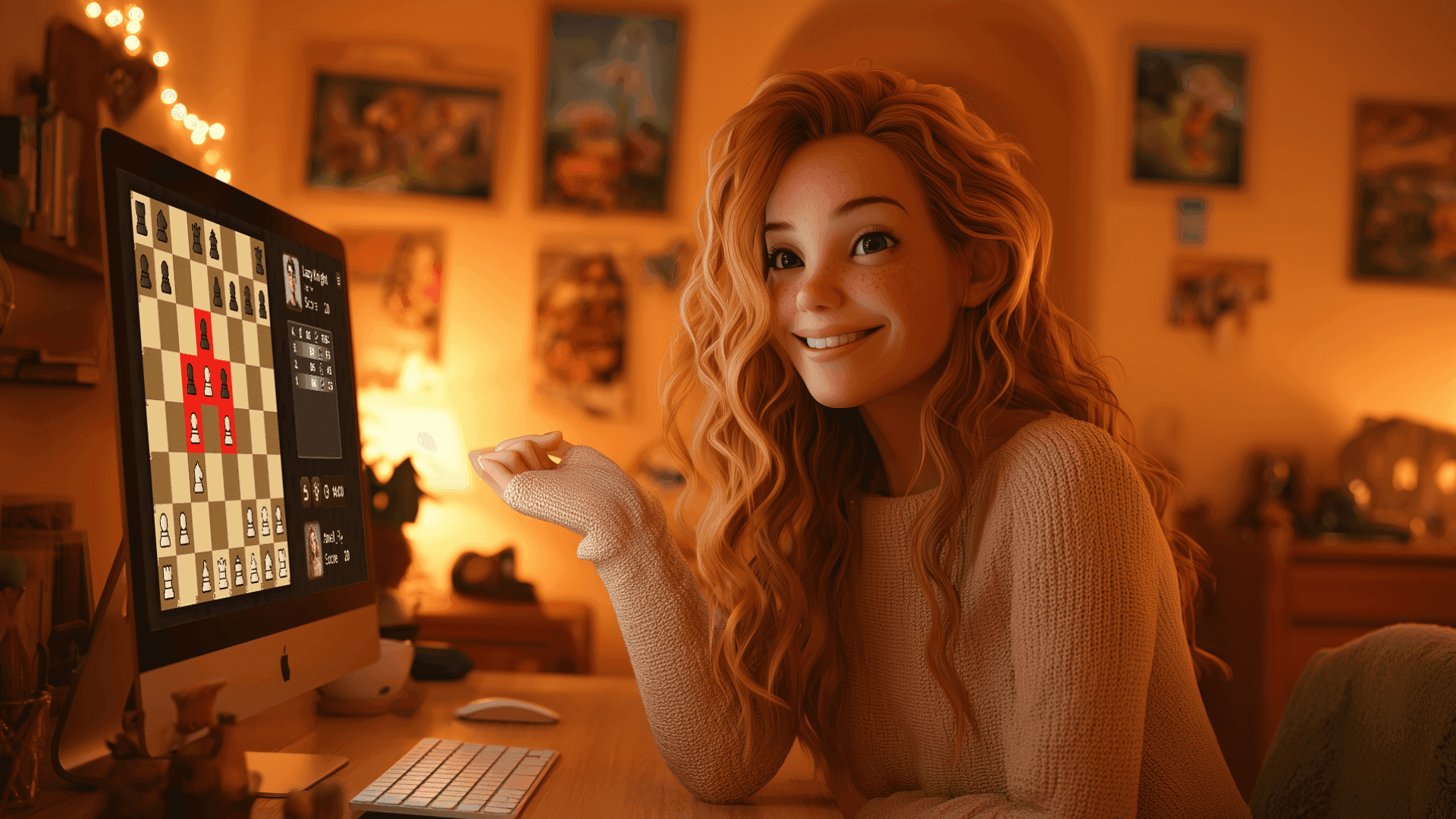Mastering Time Controls in Online Chess: Blitz, Bullet & Rapid Explained


Can a Pawn Take a King in Chess? (Full Explanation)
Can a pawn take a king in chess? Discover the real rule behind this common question and learn what happens in check and checkmate. Read the full guide now!

Pawn Structure: Key Chess Strategies Every Player Must Know

Mastering Time Controls in Online Chess: Blitz, Bullet & Rapid Explained
Learn bullet, blitz, and rapid chess time controls, their strategies, and tips to choose the right format for your skill level in online chess.

The time limit in chess is actually more than just a countdown. Over and above that, it shapes the way you think, play, and win. A 1-minute bullet game forces you to rely on quick reactions and fast thinking, and leaves little room for deep calculation. On the other hand, a 10-minute rapid game actually gives you enough time to play your moves, study your opponent’s strategy, and avoid simple mistakes. So, understanding chess time controls is essential because each format develops different skills and needs a unique approach.
If you’re learning how to play chess, longer formats help you focus on strategy and improve steadily. And, if experienced players mix time controls, it builds both speed and accuracy. By mastering each format, you can truly adapt to any pace, handle pressure better, and become a stronger player overall.
FAQs
Chess time controls are the limits on how much time each player has to make their moves. They shape the speed, style, and strategy of a game. For example, a 1-minute bullet game demands quick reflexes, while a 10-minute rapid game lets you think deeply. Understanding time controls helps you choose formats that match your goals—speed, strategy, or both.
Bullet Chess: Super-fast games (1–2 minutes) focused on quick moves and instinct.
Blitz Chess: Medium-fast games (3–5 minutes) that balance speed and tactics.
Rapid Chess: Slower games (10–15 minutes) designed for thoughtful planning and deep calculation.
Each format builds different skills, so playing a mix helps you become a stronger, more adaptable chess player.Rapid chess is ideal for beginners because it provides enough time to think, learn, and avoid rushed mistakes. Beginners can focus on understanding strategy and building a solid foundation without feeling pressured by the clock.
To excel in fast games:
- Practice premove strategies and simple openings
- Stay calm under pressure
- Focus on quick tactics, not deep plans
- Use puzzles to train your brain for fast calculations
Bullet and Blitz are all about efficiency, so speed and confidence matter more than complexity.
It’s best to play a mix of Bullet, Blitz, and Rapid games. Rapid builds deep understanding, Blitz sharpens quick decisions, and Bullet trains speed and time management. Rotating formats keeps your training balanced and prepares you for tournaments, online matches, and real-world play.

Can a Pawn Take a King in Chess? (Full Explanation)
Can a pawn take a king in chess? Discover the real rule behind this common question and learn what happens in check and checkmate. Read the full guide now!

Pawn Structure: Key Chess Strategies Every Player Must Know

Mastering Time Controls in Online Chess: Blitz, Bullet & Rapid Explained
Learn bullet, blitz, and rapid chess time controls, their strategies, and tips to choose the right format for your skill level in online chess.

